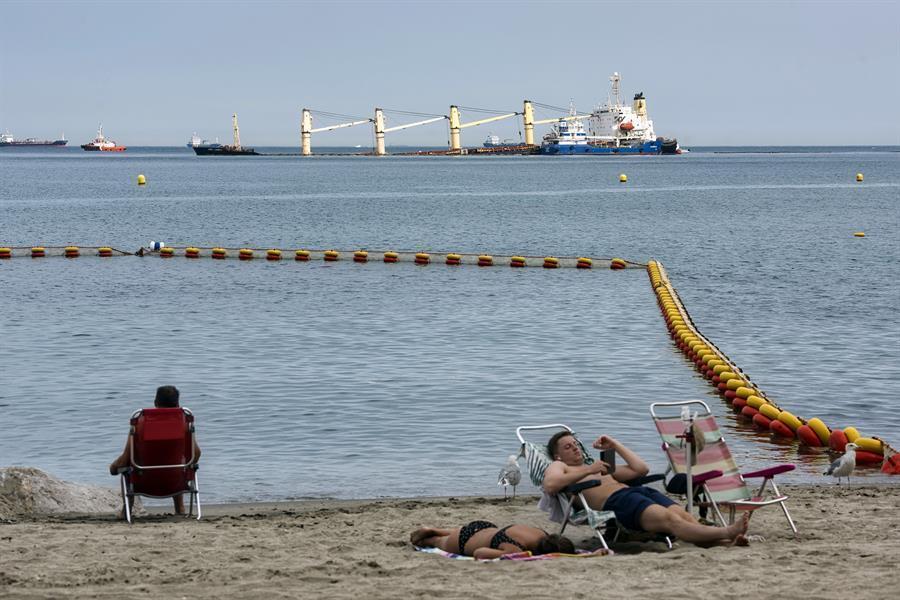
As winter nears, European nations, desperate to replace the natural gas they once bought from Russia, have embraced a short-term fix: A series of roughly 20 floating terminals that would receive liquefied natural gas from other countries and convert it into heating fuel.
Yet the plan, with the first floating terminals set to deliver natural gas by year’s end, has raised alarms among scientists who fear the long-term consequences for the environment.
They warn that these terminals would perpetuate Europe’s reliance on natural gas, which releases climate-warming methane and carbon dioxide when it’s produced, transported and burned.
Some scientists say they worry that the floating terminals will end up becoming a long-term supplier of Europe’s vast energy needs that could last years, if not decades.
Such a trend could set back emission-reduction efforts that experts say haven’t moved fast enough to slow the damage being done to the global environment.
Much of the liquefied natural gas, or LNG, that Europe hopes to receive is expected to come from the United States. `
“Building this immense LNG infrastructure will lock the world into continued reliance on fossil fuels and continued climate damage for decades to come,” said John Sterman, a climate scientist at the Massachusetts Institute of Technology.
Natural gas contributes significantly to climate change,both when it’s burned, becoming carbon dioxide, and through leakages of methane, an even more potent greenhouse gas.
Yet European nations, which for years have been leaders in shifting to cleaner energy, have proposed bringing more than 20 floating LNG terminals into their ports to help compensate for the loss of Russia’s natural gas.
The terminals can store roughly 170,000 cubic meters of LNG and convert it into gas for homes and businesses.
They can be built faster and more cheaply than onshore import terminals, though they’re costlier to operate, according to the International Gas Union.
Many environmental scientists argue that the money being earmarked for the ships, which cost about $500 million each to build, would be better spent on rapidly adopting clean-energy or efficiency upgrades that could reduce energy consumption.
Constructing more solar or wind farms, which takes years, wouldn’t immediately replace Russian gas. But with adequate funding, Sterman suggested, greater energy efficiencies could vastly reduce Europe’s need to replace all the gas it’s lost.
Germany, among Europe’s strongest advocates for the floating LNG terminals, is expecting five of the ships and has committed roughly 3 billion euros to the effort, according to Global Energy Monitor.
Italy, Greece, France, the Netherlands, Croatia, Estonia, Finland, Latvia, Slovenia and the U.K. all have one or more floating LNG terminals planned, according to Rystad Energy.
Europe’s gas scarcity has escalated global LNG prices, leading buyers in China and elsewhere to sign long-term contracts with suppliers in the United States. American LNG exports will likely grow by 10 million tons over the next year, said Bromander, the Rystad analyst.